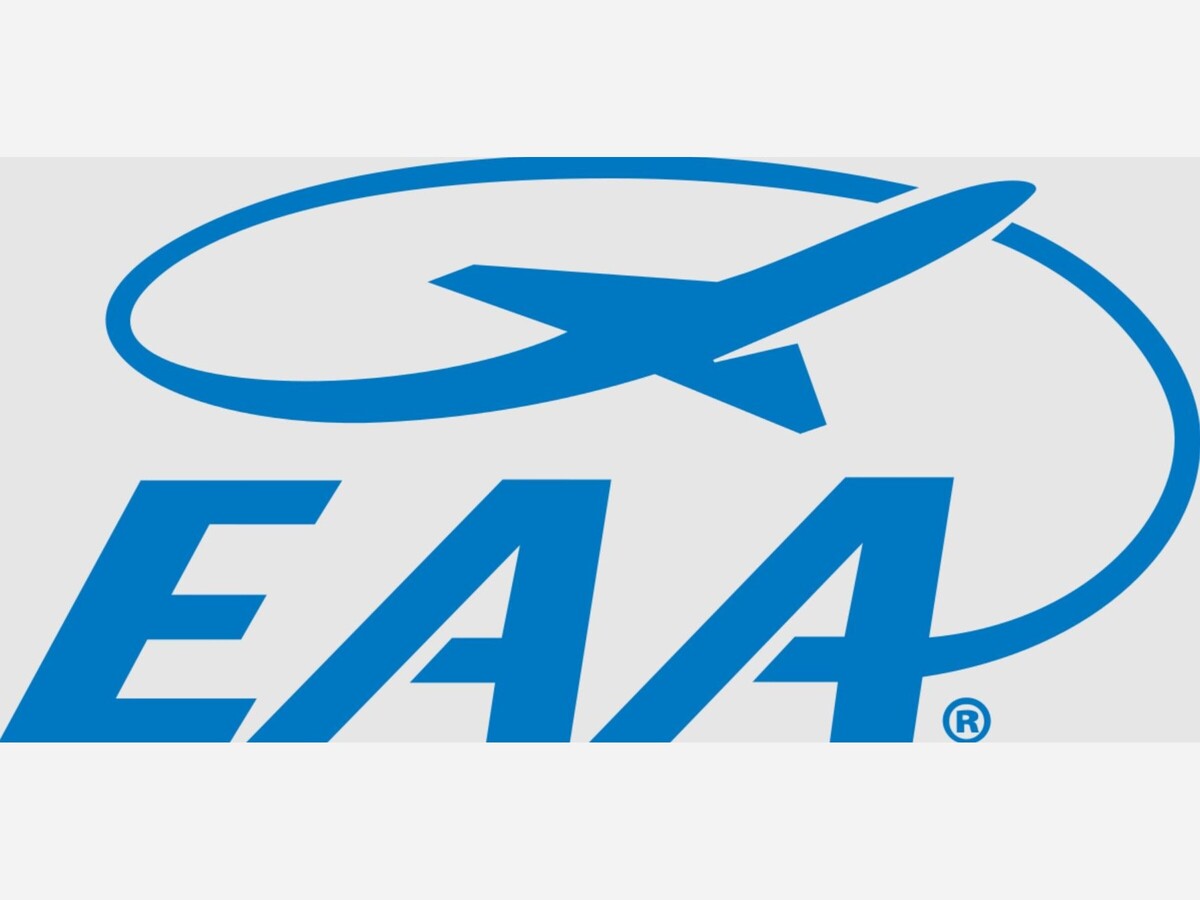Image


At a recent Twin Cities Aerospace Network event, EAA Chapter 25 President John Schmidt shared how a grassroots love of flight evolved into one of Minnesota’s largest homebuilt aircraft communities — and how he’s helping hundreds of young people take to the skies.
At the recent July networking event organized by the Twin Cities Aerospace Network (TCAN), MinneapoliMedia caught up with John Schmidt, President of the Experimental Aircraft Association (EAA) Chapter 25 in Lakeville, Minnesota.
The interview, conducted by Tom Akaolisa, explored the history of the EAA, the art and freedom of building your own airplane, and how the organization is inspiring the next generation of aviators.
Tom Akaolisa: Can you please introduce yourself and tell us about EAA Chapter 25.
John Schmidt: I’m John Schmidt, President of EAA Chapter 25 in Lakeville. EAA stands for the Experimental Aircraft Association — a national organization headquartered in Oshkosh, Wisconsin, with about 900 chapters across the U.S. Our Lakeville chapter is one of the largest in Minnesota, with roughly 125 members.
We build our own airplanes, advocate for aviation, and introduce kids to flight through the Young Eagles program, which offers free airplane rides to youth. We also award thousands of dollars annually in college scholarships to young people pursuing careers as pilots, mechanics, engineers, or in other aviation-related fields.
Tom Akaolisa: What inspired the creation of the EAA?
John Schmidt: EAA was founded in January 1953 by Paul Poberezny in his Milwaukee basement, with 20 fellow aviation enthusiasts. These were people who loved to fly and build airplanes — often in their garages, basements, or, if lucky, in their hangars.
“You don’t need a pilot’s license to build an airplane — but you do need passion and patience.”
Minnesota has its own rich homebuilt aviation history. In the late 1920s, Bernard Pietenpol of southern Minnesota built the “Pietenpol Air Camper,” a two-seat wooden airplane, with nothing more than an eighth-grade education. It became so popular he sold plans for it — and people are still building them today.
Tom Akaolisa: The term “experimental aircraft” sounds mysterious. What does it actually mean?
John Schmidt: “Experimental” simply means homebuilt — you built it yourself. It’s not about secret military projects. Think of hot rodders building custom cars; this is the aviation equivalent.
Some people design their own aircraft; others use kits with instructions. Step-by-step, you assemble the pieces until — before you know it — you’re looking at your very own airplane.
Tom Akaolisa: You’ve given hundreds of kids rides in your aircraft. What impact does that have?
John Schmidt: I’ve flown over 700 kids in my J-3 Cub from Crystal Airport. Many have no prior connection to aviation. Flying in a small plane is completely different from being a passenger on an airliner. In my Cub, they get to put their hands on the controls, learn about weather, and understand basic Federal Air Regulations.
“Flying low enough to smell freshly cut grass is a completely different experience than riding in a 737.”
Flying low over America — smelling fresh-cut grass at 1,000 feet — is an entirely different experience than sitting in the middle seat of a 737. That’s what EAA is about: sport flying, personal freedom, and sharing the joy of flight.
Tom Akaolisa: What are the requirements to build an airplane?
John Schmidt: Surprisingly, you don’t need a pilot’s license to build one. Anyone can start — though I recommend some flight experience to understand what you’re building. Once complete, the aircraft must pass an FAA inspection for airworthiness.
Planes are typically built from four materials: fiberglass (plastic), aluminum (riveted metal), welded steel tubing covered with fabric, or wood. Personally, I fly a fabric-and-tube Piper Cub, I’m building a wooden Pietenpol, and I’m also constructing an aluminum RV-6.
Tom Akaolisa: What challenges do you face in getting people interested?
John Schmidt: The biggest challenge is awareness — people don’t know about EAA or aviation opportunities. It also takes time, patience, and a willingness to learn. There’s some risk in flying, as in driving or riding a motorcycle, but that risk can be managed through education and preparation.
When I started in aviation in 1985, I couldn’t afford lessons, so I read about aviation for at least 30 minutes every day for four years. Today, I own a library of 2,300 books and still keep up the habit.
Tom Akaolisa: Once someone’s interested, what’s the next step?
John Schmidt: It depends on their goals and budget. If they want to fly, I can show them cost-effective ways to learn. If they’re mechanically inclined, they might volunteer on aircraft projects — sometimes enough to qualify for mechanic certification without paying for formal schooling.
“Half of life is just showing up — and in aviation, showing up can lead to your first flight.”
Half of life is just showing up. Attend local airport events, talk to pilots, and come to our monthly chapter meetings. Often, those connections lead to opportunities like free flights or hands-on experience.
Tom Akaolisa: How much does it cost to learn to fly today?
John: In 2025, a person with no prior experience will likely spend around $15,000 for a pilot’s license. But by getting involved in the aviation community — joining EAA, networking, and volunteering — you can reduce that cost by about a third.
Tom Akaolisa: How does someone get involved with EAA?
John Schmidt: No registration is needed to visit a chapter meeting. For ongoing involvement, join EAA at eaa.org — you’ll get the monthly Sport Aviation magazine, access to your local chapter, and a network of people eager to help you get started.
Our Chapter 25 meets every third Wednesday in Lakeville. Everyone’s welcome.
Tom Akaolisa: John, it’s been a pleasure speaking with you.
John Schmidt: Thank you, Tom. It’s been great to share what we do. And you never know who you’ll meet at an event like this — I’m glad you stopped by today.